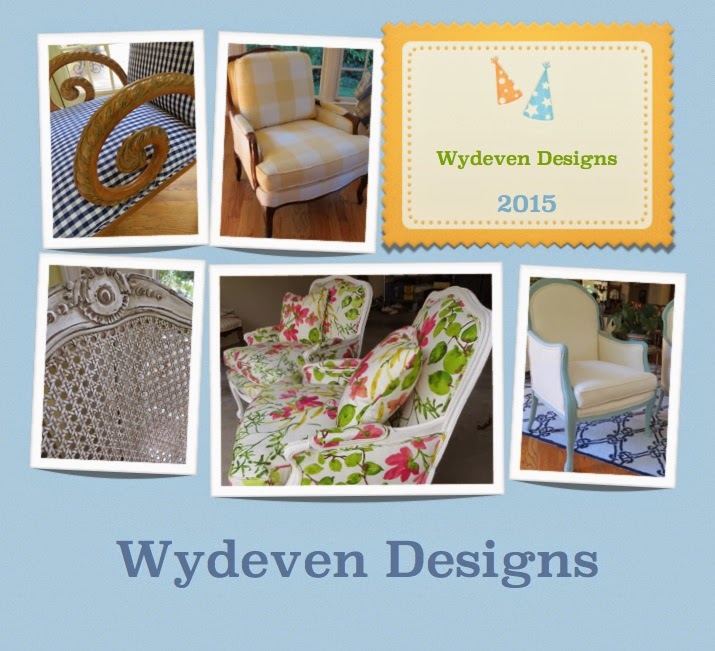Here are some of the ways I have used contrasting fabrics to enhance the upholstery work on my refurbished pieces - pictures tell the story so much better!
 |
| This black and white piping highlighted the textured nature of the primary fabric and makes the whole chair look more interesting. |
 |
| This great fabric was outlined with a complementary green piping. I did want to break up - but only slightly - the size of this pattern and reinforce the flowery colors. |
 |
| IT is a little hard to see, but the fabric on this chair and ottoman were outlined in a striped piping with the same colors of green and white. |
 |
| While it is impossible to know this, I actually had the upholsterers use the "wrong" side of this woven twill fabric as piping - it blends well with the wooden turned legs. |
 |
| Another example of inadequate fabric yardage and a solution that works. I did have to go out and "buy" this striped velvet and cream fabric - usually I have a lot of options in my inventory. |
 |
| I just think this turned out sweet and almost looks like an extension of the fabric pattern by using a contrasting piping that is the exact shade of white in the pattern. |
 |
| I do like using a contrasting fabric on the back of chair that are fully surrounded by a wooden frame such as these fine examples. |








No comments:
Post a Comment